In a fortnight the markets have realized the profound impact that this pandemic could have in the coming years. Two weeks of deep red that could stop the uptrend in Wall Street that has been going on since March 2009, the year of the rebirth of the Great Financial Crisis.
However, there is a health emergency still in progress and we will have to see it all unravel in its severity. Some countries, such as Italy, have taken very strict health measures at the expense of safeguarding production centers. The United States has tried to keep society active, but now the contagion has soared.
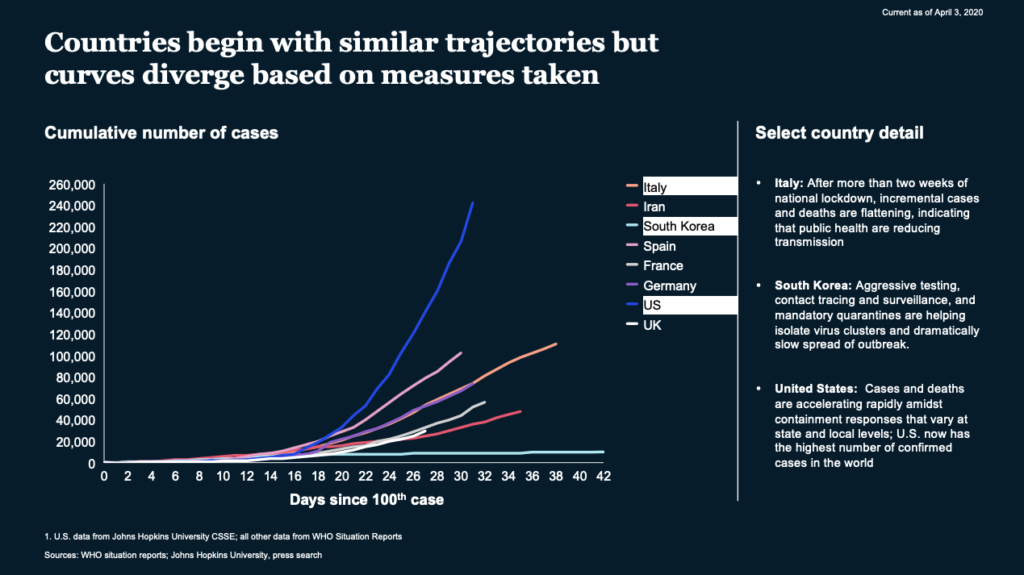
Somehow we’re going to win against this virus. But after that?
The pandemic caused a shock of demand, the markets reacted with a violent retracement of stock values, we are 40% lower than the historical highs at the end of February. Question: Has the decline hit rock bottom? Answer: The managers of some of the hedge funds we surveyed say the worst is not over, despite the Federal Reserve’s liquidity injections and the fiscal stimulus announced worldwide.
Supply is suffering from the reductions in production capacity that have already been taking place for years in order to cope with the fall in prices.
In this regard, it is sufficient to take a look at the Bloomberg Agriculture Index (in the graph below) to realize the extent of the downward trend on agricultural goods in force for years. So if an unexpected increase in consumption in recent weeks has been enough to produce such large increases in raw materials, what will happen to prices when the lockdown loosens and demand resumes?
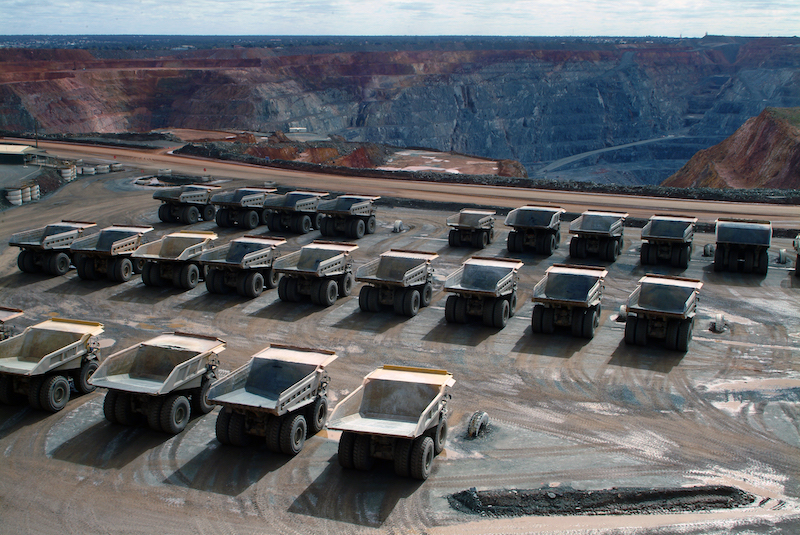
It is not only the agricultural sector that has to deal with limited supply. Copper has also seen a reduction in mining supply in recent weeks, as the stock market price has come fearfully close to the cost of production, and now facing the FIFO crackdown. So much so that, to date, Peru’s mining production is in fact on stand-by.
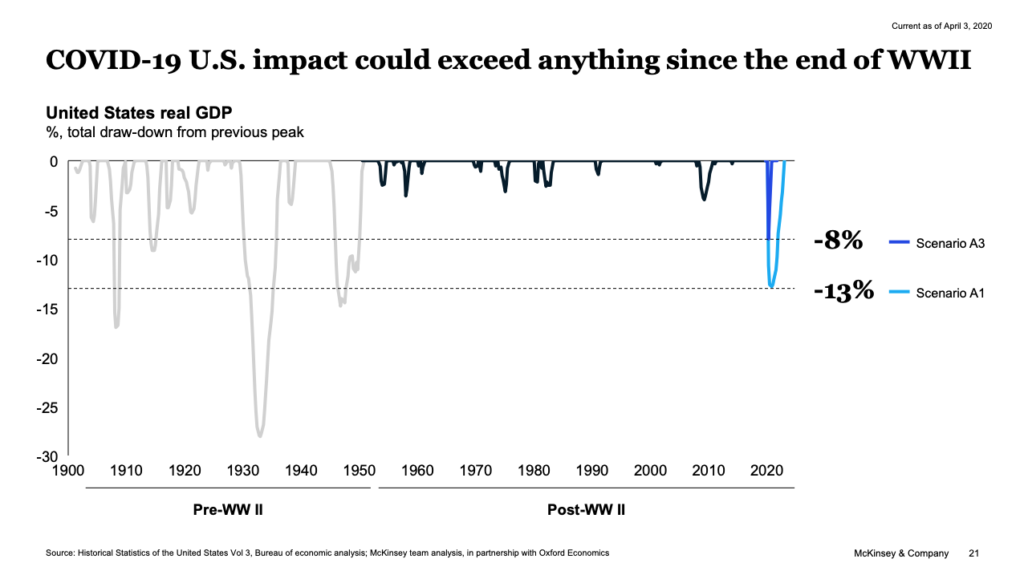
The delay with which the states are making our economic system lack liquidity could result in real extermination of small and medium-sized enterprises which, in addition to causing a surge in unemployment, will reduce the production capacity of the countries.
Question: How will heavy machinery be used in the near future, after the restart?
There will be no real rubble, as, after the Second World War, there will be no houses, roads, bridges, and schools to build. Instead, the relationships between people, the supply chains of factories, the links created in recent years with intermodal transport and large infrastructures will have to be reconnected. There will certainly be a profound change.
Question: What trends can be glimpsed now, during the health emergency? Certainly, some businesses will freeze for a long time and will remain deeply marked, there will be a devastating impact:
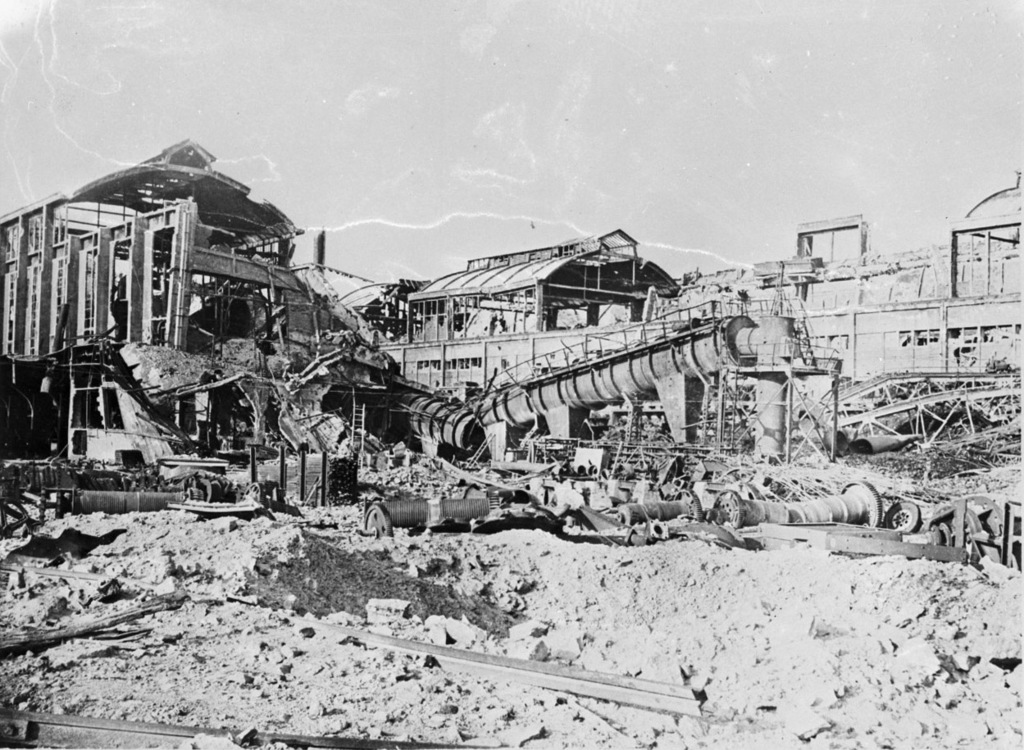
- The shock of demand for non-essential goods for the coming months.
- The redefinition of the value of the assets
- Construction of large infrastructures such as hotels, roads for tourist resorts, airports, railways will be frozen-up
- the value of oil, coal, and minerals will drop out. We’ll see a slowdown in investments
On the other side, we’ll see an acceleration on:
- Automation of production processes in mines, construction, and logistics
- Transforming the house like Hub. The houses will see a flourishing of investments for the use of commodities but only after a dramatic depreciation of real estate value.
- Large investments in health care, new facilities, and less unguarded medical staff
- The agricultural and agri-mechanical sector will be pushed to the maximum
- New types of buildings will be designed with new health criteria, dictated by the constant danger of pandemics
- The request for transport and logistic capabilities more and more capillary
- Rebirth of local manufacturing and more resilient communities
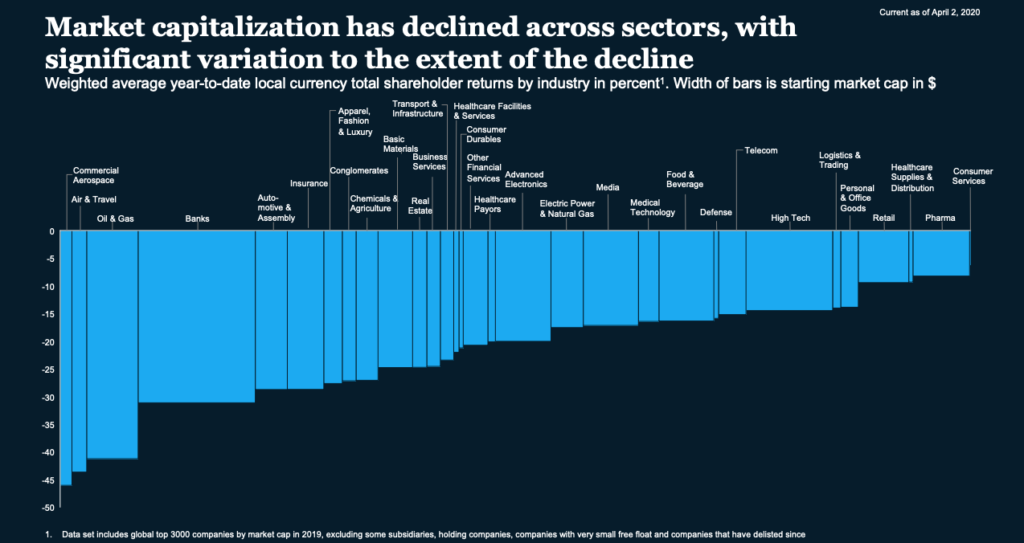
Anyway, we are facing very difficult times. We can rely upon two strong factors
There will be many difficulties but two big factors will never disappear:
The strength of states to defend their citizens. This is the time when a State must return the sacrifices that its citizens have made to build it. Society is not an abstract concert, now we’ll see it in concrete terms. The solidarity that people and companies are putting in place and the actions of the Government protect a supply chain built over the years with hard work by the people. The Australian Government is putting in place contributions and incentives to protect the community even when the health emergency is reduced.
And never forget the creative force of men, who carry within them a mysterious desire to search, to build, to go on living, and to find creative ways to cope with any emergency that may occur. We are so weak, a little virus can destroy everything we are and what we built, but Desire is our driving force that has allowed man to forge states and communities with enthusiasm and sacrifice.
 Copyright 2020 All rights reserved.
Copyright 2020 All rights reserved.